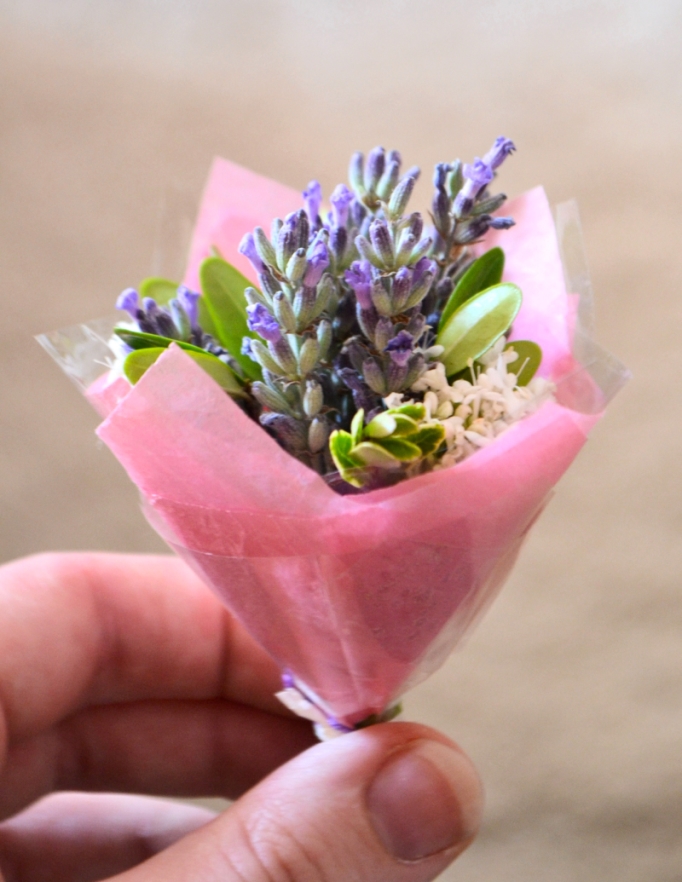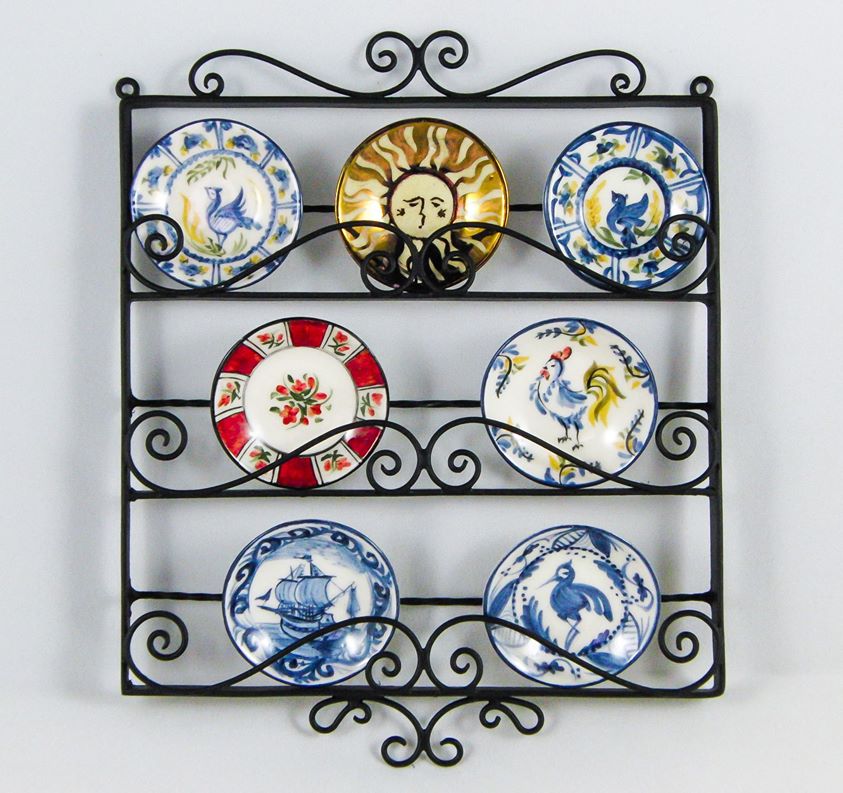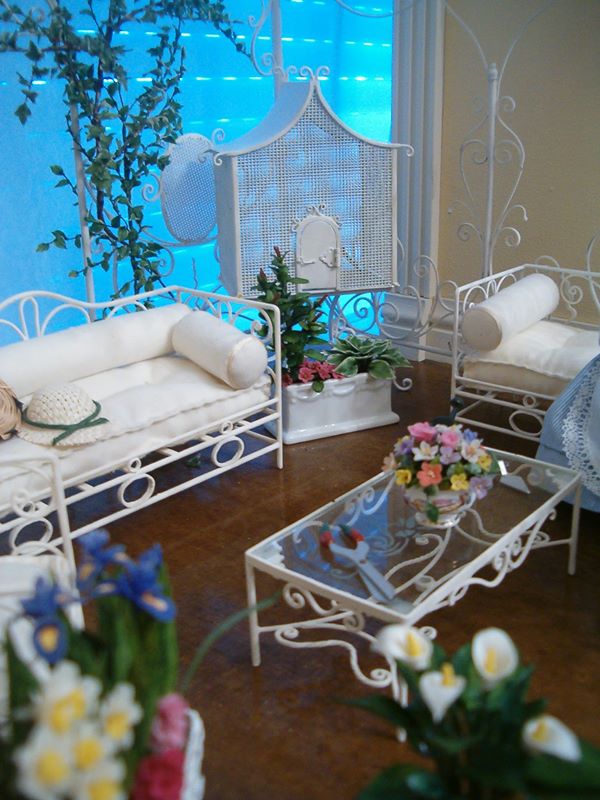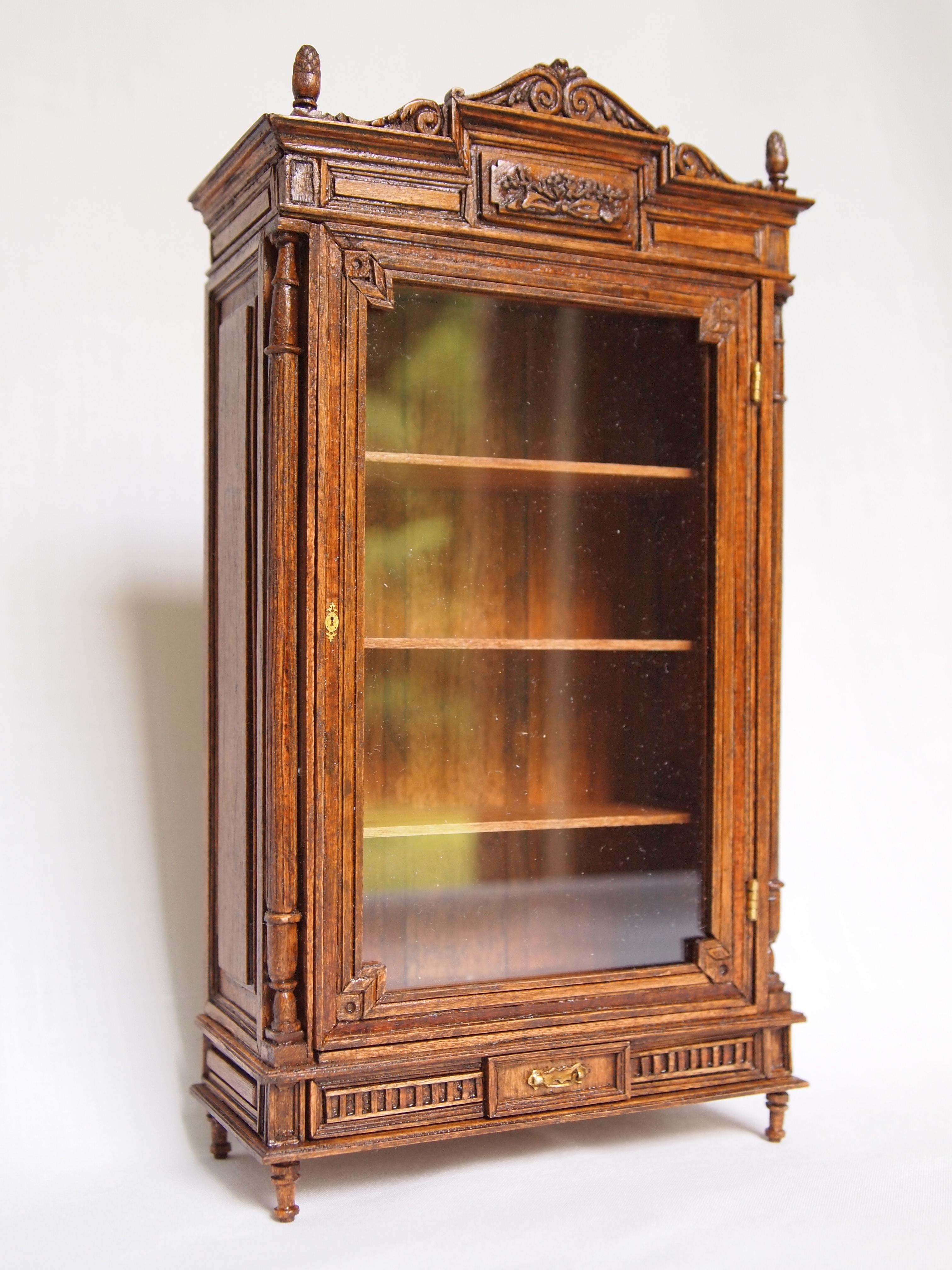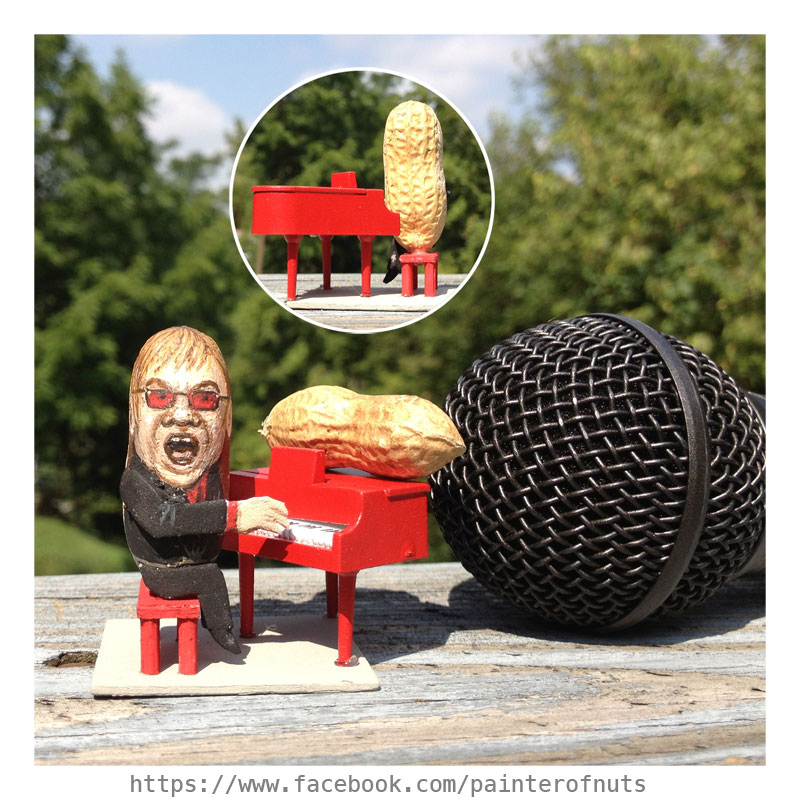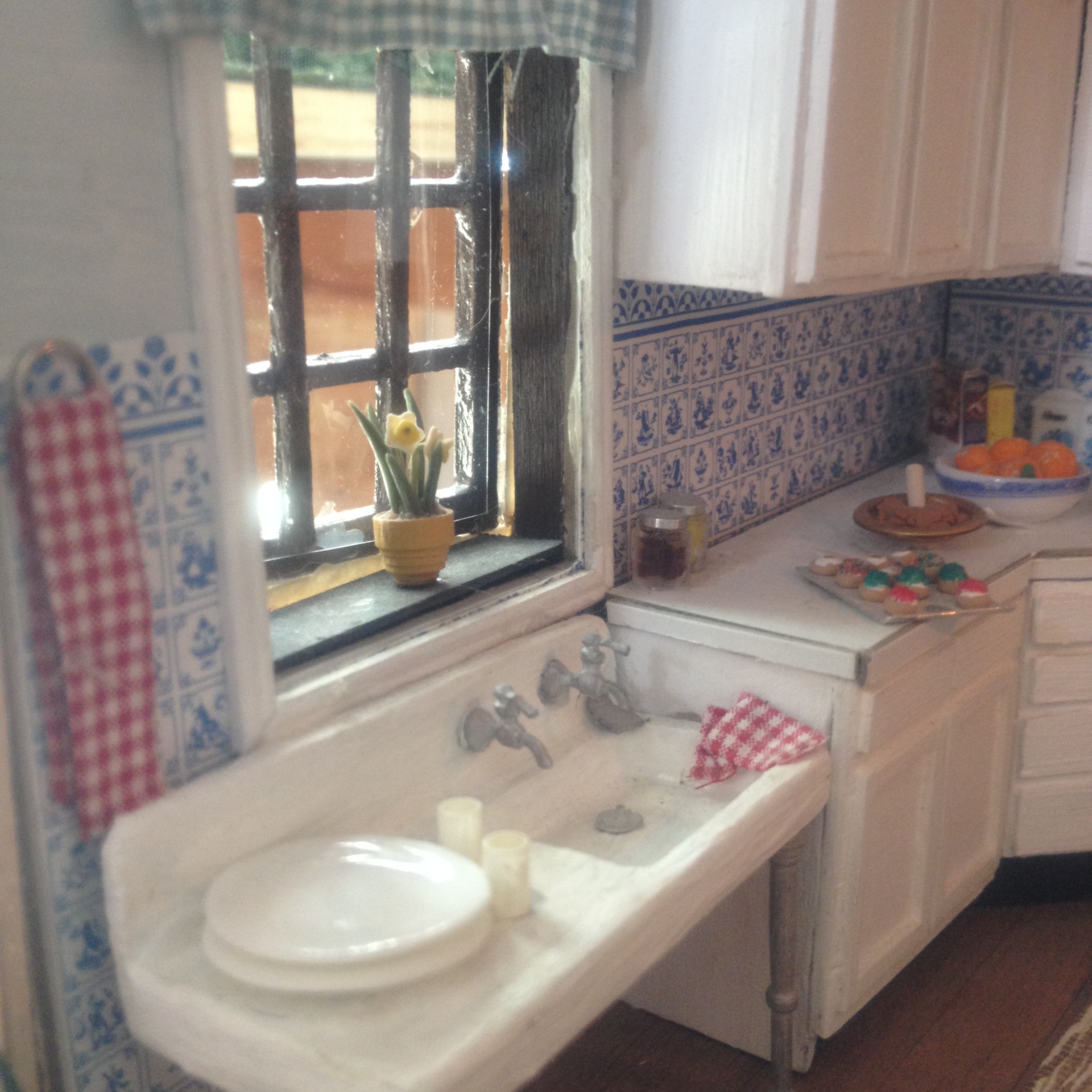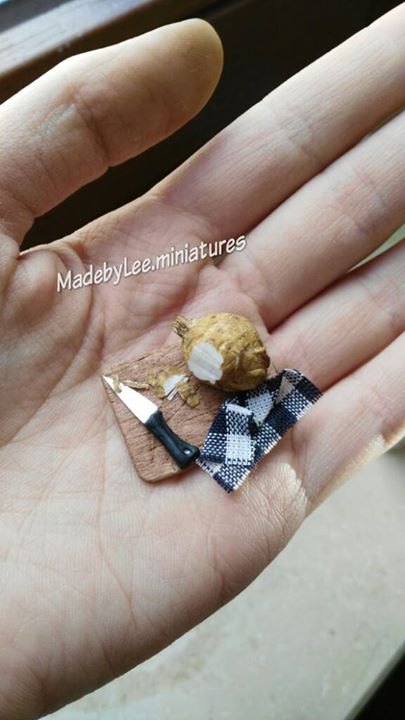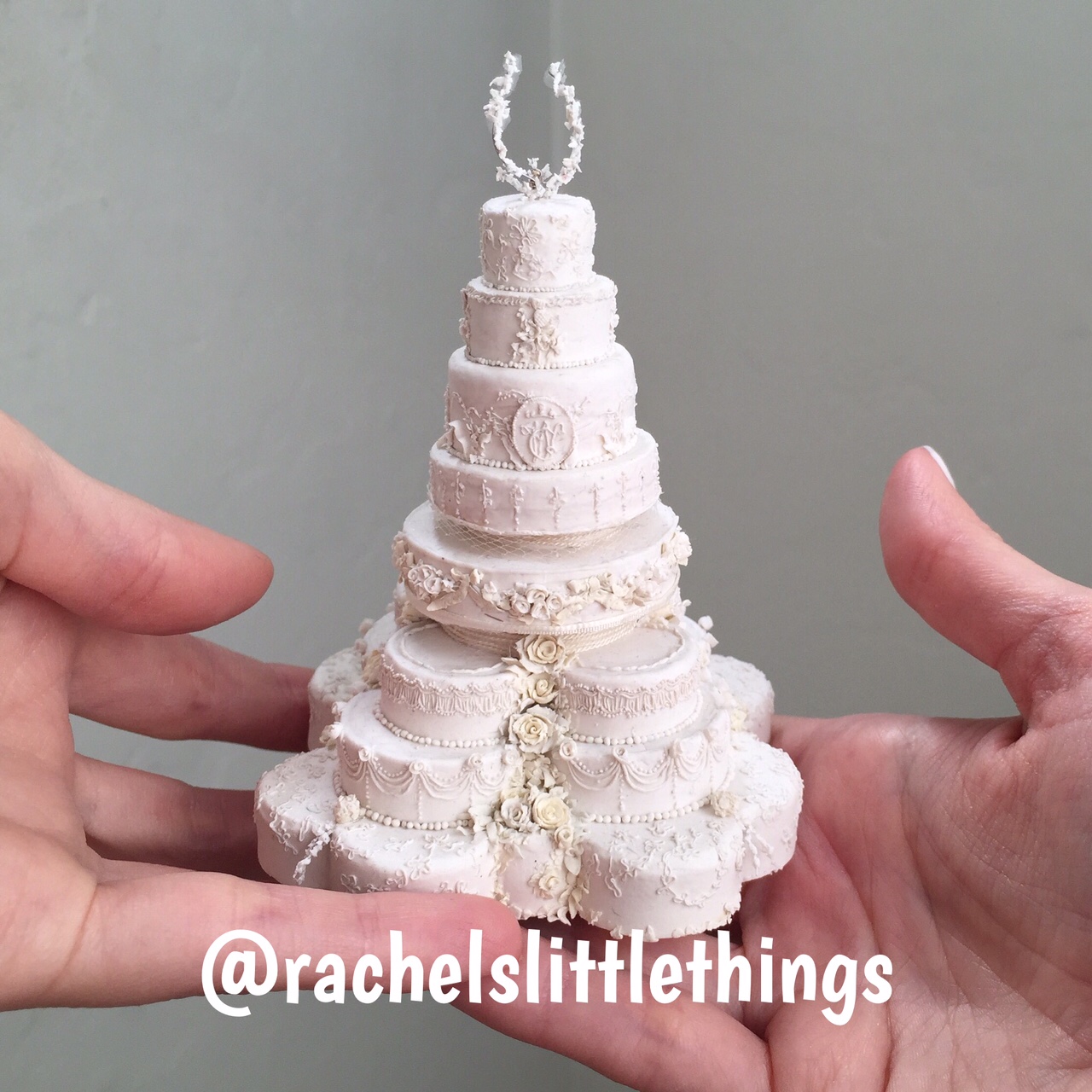Pink Cute Sugar Miniatures
| Blog | Shop | Instagram | Facebook | Pinterest | Flickr | DeviantArt |
What does Valentina Pink Cute Sugar mean to you?
When I first began creating miniatures in late 2008, I looked for a name to best represent me, so I created a virtual identity. I’ve always loved pink (it’s my favorite color), sweets (all without exception), and miniatures.  Back in 2009, I created a Facebook page to share my passion and my name was “Pink Sugar.” I knew I had to differentiate myself from Aquolina Pink Sugar perfume. So, I added “Cute” to my name. Thus, my stage name was born: a true representation of all the things I love.
Back in 2009, I created a Facebook page to share my passion and my name was “Pink Sugar.” I knew I had to differentiate myself from Aquolina Pink Sugar perfume. So, I added “Cute” to my name. Thus, my stage name was born: a true representation of all the things I love.
How did you first get into miniatures?
I started working in polymer clay by chance. I was looking for nail art inspiration online and came across Japanese nail designs that had micro objects out of polymer clay. I learned that many of these artists were making polymer clay objects that could be worn at all times. Taking a cue from their creations, I started making my own. At first, I was making miniatures just for myself, sometimes to give to my friends for their birthdays.  Friends of friends began to see my creations and fall in love with them. I started to sell miniatures privately through word of mouth.
Friends of friends began to see my creations and fall in love with them. I started to sell miniatures privately through word of mouth.
Over the years I have tried to develop an unmistakable style of my own. I seek to create unique works that are always different, never the same. I am not yet 100% satisfied with my work, and still consider myself to be an apprentice. Oftentimes, I don’t have enough time to create the things I want in 1:12 scale. I’m constantly working on commissions and have a full-time job as a mom to a 2-year-old. It’s always difficult to find time to do the things you enjoy. But the greatest satisfaction I’ve felt recently was when I was contacted for the October edition of Spanish Miniatures magazine, which includes work of talented miniaturists from all over the world. I had a page dedicated to my work, and was also published on the magazine’s cover! It was a great honor and satisfaction!
Do you sell miniatures full-time?
It is my passion and thus I turned it into a real job. I would do this for a lifetime, in addition to being a mother which is obviously the best job in the world.
 What types of miniatures do you make?
What types of miniatures do you make?
I make miniatures out of anything but mainly I create accessories to wear, and miniature food in 1:12 scale. I like to create everything myself, from the notch of the plywood to the painting, to the construction of cups and cutlery. I try to recreate scenarios in miniature form. For example, you’re cutting up vegetables for a soup and then the phone rings, so you put the knife on a plate to rest. You can preserve this memory forever with one of my miniatures.
What materials do you use to make miniatures?
Today I use mainly polymer clay, sculpey, liquid polymer clay, plywood, paper, and pieces of metal.
Advice for beginner artists?
I don’t consider myself to be a great artist. I’m just a girl of 25 who has a great passion. From this passion, I attempt to bring happiness to others. The advice I would give to new artists is to always have a unique style that can be recognized immediately, even without signing the photo. 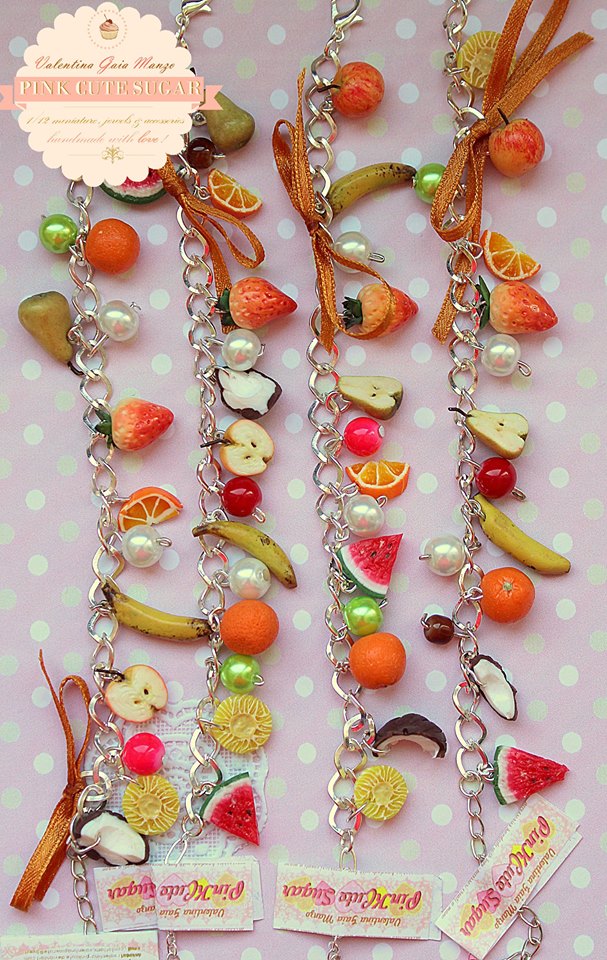 Never give up because only time will help you achieve what you want. Create things because you like them, not only because you want to sell them. Put all the love from your heart into a project and it will soon reward you.
Never give up because only time will help you achieve what you want. Create things because you like them, not only because you want to sell them. Put all the love from your heart into a project and it will soon reward you.
Tools you love the most?
I do not use special tools to make my miniatures. I use toothpicks, needles, chisels of various sizes, and resin. I really love the versatility of resin. You can do so many things with it!
Favorite miniature you own?
I own creative accessories by Italian artists such as Pies Tellina, Neraneve Stella, Daniela Pupa, Claudia Lolle Bijoux, Francesca Gnam Gnam, and more. I also enjoy books by Angie Scarr.
 What miniaturists inspire you most?
What miniaturists inspire you most?
My absolute favorite miniaturist in the world is Tomo Tanaka’s Nunu’s House. I love everything about it! He can do anything! He creates houses, furniture, silverware, metalworks, food miniatures, and more. He is the impressive KING OF MINIATURE! I love his style and one day hope to become as good as him. He’s a great source of inspiration. Look at the work of Tomo Tanaka you’ll be entranced!
Why miniatures?
I love miniatures because their smallness contains so much dedication, study, love, work, and sacrifice. It is not an easy job. You have to measure everything… every millimeter. You have to focus on color in order to achieve a good image for thumbnails. It’s an art form full of love, because only those who have a passion and love miniatures can create them. I love to think that my miniatures are a preserved moment, frozen in time forever.
Other activities you enjoy?
Being a mom.
What do you want people to know about you?
I have a critical eye and share my work online to let others inform me if my creations are up to par. Only after receiving appreciation from fans do I relax. My fans on Facebook are important to me. They inspire me and give me strength! Miniature collectors and enthusiasts are also looking for a “perfect miniature,” so this helps me to create more and more. I seek to create on an even higher level. This makes me not a miniaturist, but an apprentice for life!
Valentina lives in Sardinia, Italy. You can now shop her newly opened Etsy store! Follow her miniature adventures on Instagram, Facebook, Pinterest, Flickr, DeviantArt, or take a tour of her blog.








 Carving every day provides a rhythm to my life. Previously, I would carve for 12-16 hours at a time and then crash. I have found a better balance today where I can divide my time between other projects. I enjoy writing, working on projects in the garden, and spending time with my wife and animals. I work on
Carving every day provides a rhythm to my life. Previously, I would carve for 12-16 hours at a time and then crash. I have found a better balance today where I can divide my time between other projects. I enjoy writing, working on projects in the garden, and spending time with my wife and animals. I work on 

